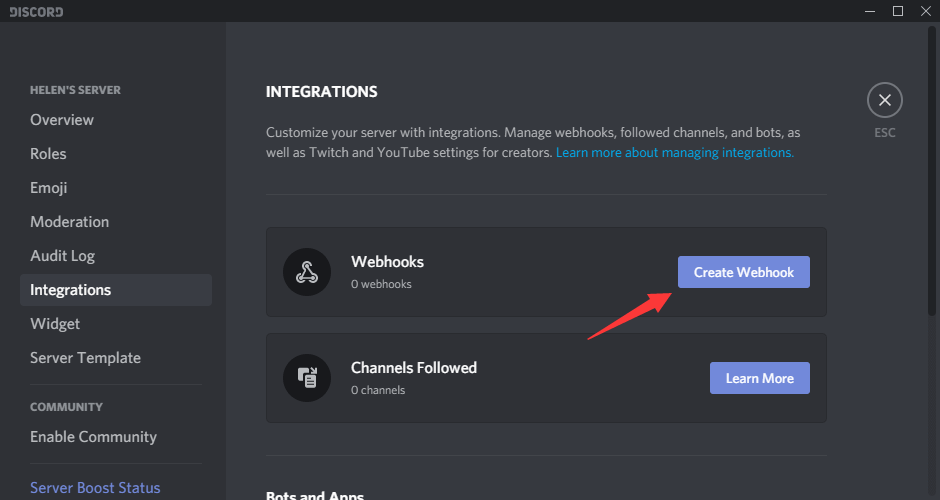

For more information, see " Addressing merge conflicts." Resolve any merge conflicts in your preferred way, using a text editor, the command line, or another tool.To pull any commits from the remote branch, click Pull origin or Pull origin with rebase.To check for commits on the remote branch, click Fetch origin.In GitHub Desktop, use the Current Branch drop-down, and select the local branch you want to update.In the list of pull requests, click the pull request you want to view. For more information, see " About Git rebase" and " Rebasing your project branch onto another branch." Pulling to your local branch from the remote At the top of the drop-down menu, click Pull Requests. By rebasing you can reorder, edit, or squash commits together. Some workflows require or benefit from rebasing instead of merging. More Tips Ruby Python JavaScript Front-End Tools iOS PHP Android.NET Java Jobs. Coderwall Ruby Python JavaScript Front-End Tools iOS. Open your GitHub Desktop (add your repository) and click on next steps: Then click on Start rebase: After you click the button, you will see the next modal: The modal show us that we have conflicts in 3 different files, so we can start. A protip by willybarro about patch, diff, merge, pullrequest, git, pull-request, and github. Go to main branch and pull the changes, type: git pull. For more information, see " Merging another branch into your project branch" and " About pull requests." Making a git rebase through GitHub Desktop: 1. Optionally, to refresh the list of pull requests, click. our pull operation also checks for the origin/master ref and fails too. trying to push is now failing because it doesn't know what origin/master actually is. In the list of pull requests, click the pull request you want to view. A fetch is unable to write to a specific location (multiple attempts, different problems) fetch is still failing, with a broken origin/master ref now. At the top of the drop-down menu, click Pull Requests. To request that changes from your branch are merged into another branch, in the same repository or in another repository in the network, you can create a pull request on GitHub Desktop. Viewing a pull request in GitHub Desktop. To apply changes to your branch from another branch in the same repository, you can merge the other branch into your branch on GitHub Desktop. To add changes from one branch to another branch, you can merge the branches. To pull any commits from the remote branch, click Pull. For more information, see " Pushing changes to GitHub." In GitHub Desktop, use the Current Branch drop-down, and select the local branch you want to update. If you look at your repository on portal, you will see a pull request.
#GITHUB DESKTOP PULL UPDATE#
To update your branch on GitHub, you must push your changes. When you pull to your local branch, you only update your local copy of the repository. If you make commits from another device or if multiple people contribute to a project, you will need to sync your local branch to keep the branch updated. Updates your current local working branch with all new commits from the corresponding remote branch on GitHub.You can sync your local branch with the remote repository by pulling any commits that have been added to the branch on GitHub since the last time you synced. Uploads all local branch commits to GitHub Synchronize your local repository with the remote repository on ĭownloads all history from the remote tracking branchesĬombines remote tracking branches into current local branch This is typically done in a special file named. Sometimes it may be a good idea to exclude files from being tracked with Git.

The url points to a repository on GitHub.Ĭlone (download) a repository that already exists on GitHub, including all of the files, branches, and commits The. Specifies the remote repository for your local repository. After using the git init command, link the local repository to an empty GitHub repository using the following command: The git init command turns an existing directory into a new Git repository inside the folder you are running this command.

When a repository was initialized locally, you have to push it to GitHub afterwards. A new repository can either be created locally, or an existing repository can be cloned.


 0 kommentar(er)
0 kommentar(er)
